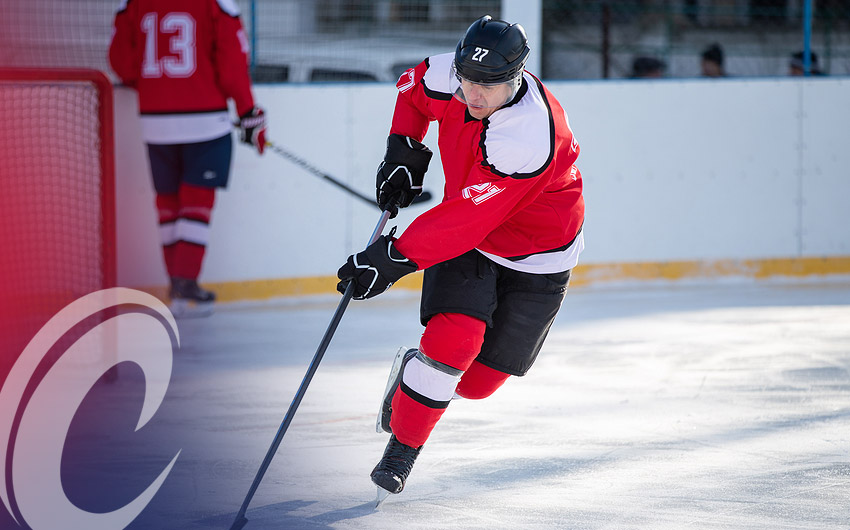Can you tell me what a “separated shoulder” injury is? It’s not the same as a dislocated shoulder and you may be surprised to know how many professional players have sustained this injury. In fact, when I recently spoke with Joe Huff who is the head athletic trainer for the Anaheim Ducks, he said it may be one of the more common injuries he has seen at the NHL level.
A separated shoulder occurs at the Acromioclavicular (AC) joint of the shoulder complex. This is where the collar bone and shoulder blade connect to form a joint that supports the Glenohumeral (GH) joint or the ball and socket joint of the shoulder. When ligaments that hold the AC joint together are damaged, there may be a visible bump on top of the shoulder depending on the severity of the tear. Symptoms include pain right at the end of the collarbone on the top of the shoulder, often following a fall onto the shoulder or onto an outstretched arm. The pain may be widespread throughout the shoulder initially but later on more localized to a bony point on the top of the shoulder.
One grading system of AC joint injuries uses three grades. Grade one has very little if any tearing. Grade 3 is a complete rupture of the ligaments. Based on the severity the rehabilitation time will also vary. A grade 1 can take around 10 to 14 days, whereas a grade 3 takes six to eight weeks. A grade 2 takes somewhere in between. Seek out a sports rehabilitation professional who can guide you through a proper shoulder strengthening program.
Huff also adds that good quality and proper fitting protective equipment assist the strengthening shoulder program in preventing AC separations. Isometric exercises for the shoulder are a great place to start. The athlete can then progress to resistive band exercises to increase the strength of the supportive muscles. These include internal/external rotation of the GH joint, rows, lateral raises, and abduction. Seek out a sports rehabilitation professional such a certified athletic trainer who can guide you through a proper shoulder strengthening program.
Mike Hannegan is an Athletic Trainer and Strength Coach with ten years experience in the NHL with the Anaheim Ducks and St. Louis Blues. He currently the Director of the Compete Sports Performance and Rehabilitation facility inside The Rinks Yorba Linda Ice located in beautiful Orange County, CA. He can be reached at mike@competeperformance.com

